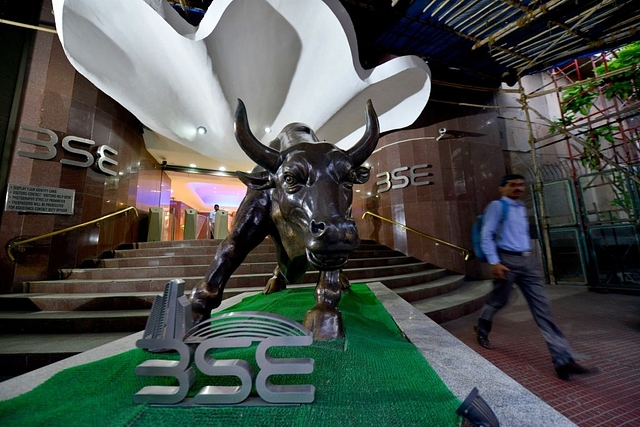
Look Who’s Smiling: The Humble Retail Investor May Have Outsmarted FIIs In 2017
Are the FIIs trying to play catch-up, having missed the big rally in 2017 by merely trading rather than investing?
Difficult to say, but it seems that maybe – just maybe – the Indian retail investor has proved smarter than the FII investor in 2017.
It is one of those realities of retail investing, that just when the smart money is pulling out, the dumb money comes in. The small investor, excited by big increases in the indices, starts buying shares at or close to the their peaks.
There is some reason to suspect that 2017 may have been different, with the humble retail investor proving to be smarter than foreign institutional investors (FIIs).
First, a few general points and data.
In calendar 2017, the stock market, which saw the Sensex and Nifty gain 29-30 per cent, was driven by rising retail investment rather than FII money. This is because retail money went into mutual funds through SIPs, systematic investment plans that involve making regular monthly or quarterly payments into funds without worrying about the market’s ups and downs.
In 2017, retail investors put in a massive Rs 153,310 crore into equity mutual funds, much higher than the net FII investments of Rs 51,252 crore. Net mutual fund investments in equity as on 27 December 2017 was Rs 115,837 crore, more than double what the FIIs invested.
The first rule in investing is don’t time the market, but stay invested for longer to reap gains. In 2017, it was the retail investor who followed this logic (through SIPs), while the FIIs were busy trading, weaving in and out of stocks, futures and options. They bought more than Rs 1.35 lakh crore worth of equity and sold Rs 1.30 lakh crore, making it clear that they were speculating and arbitraging rather than really investing. In contrast, mutual funds bought and sold much less (Rs 5.6 lakh crore and Rs 4.4 lakh crore as on 27 December 2017), and invested more.
It stands to reason that domestic mutual funds – through whom most retail investors invested in equity – gained more by staying invested than by trading. Trading may have suited the strategies of the FIIs, but it is unlikely they locked in to too much of the overall gains in a year in which the rupee was stable and provided optimal conditions for investment.
After returning from their Christmas vacations, FII fund managers seem to be making up for lost time.
According to data until 23 January, FIIs invested a net Rs 10,349 crore into equity, while mutual funds invested a net Rs 4,412 crore. The exact reverse of what they did in 2017.
In the bull run this month, it is FIIs leading the party, and the mutual funds, proxy for the retail investor, are happy to follow at their own pace.
Are the FIIs trying to play catch-up, having missed the big rally in 2017 by merely trading rather than investing?
Difficult to say, but it seems that maybe – just maybe – the Indian retail investor has proved smarter than the FII investor in 2017.